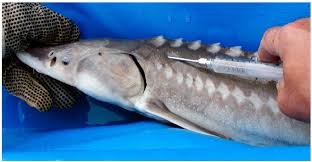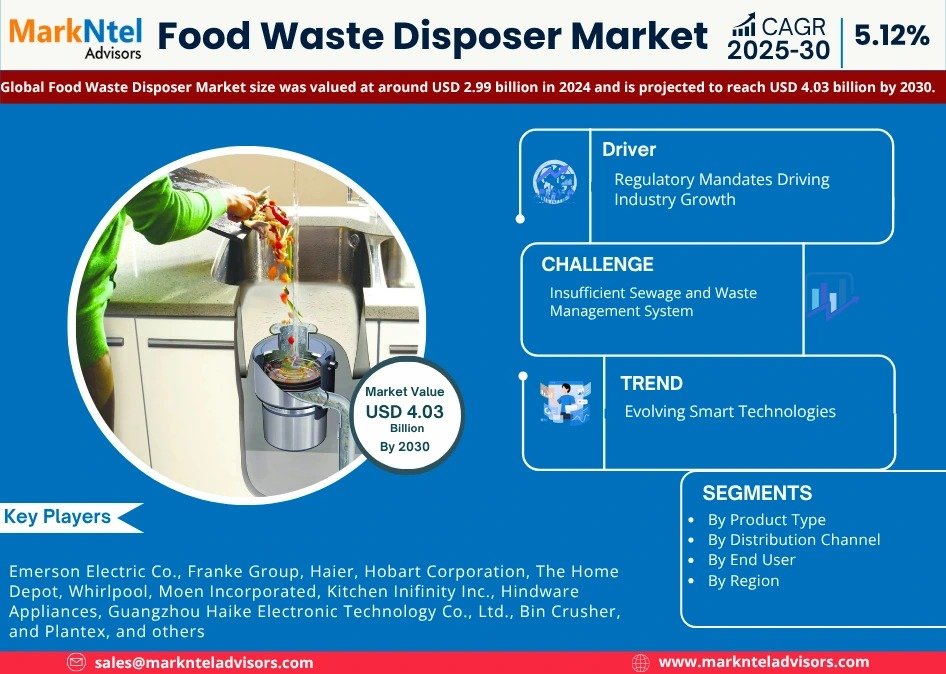Introduction
In the realm of wildlife conservation and ecological research, Passive Integrated Transponder (PIT) tags have emerged as a groundbreaking tool. These tiny, implantable microchips enable scientists to track and monitor animals with unprecedented accuracy, offering invaluable insights into migration patterns, population dynamics, and habitat use.
As conservation challenges intensify due to habitat loss, climate change, and human interference, PIT tags provide a reliable, cost-effective solution for long-term animal tracking. This article explores how PIT tag technology is enhancing conservation efforts globally, its key applications, and real-world success stories.
What Are PIT Tags?
These tags, or Passive Integrated Transponders, are small electronic devices about the size of a grain of rice. Each tag contains a unique identification number that can be detected using a specialized reader. Unlike GPS trackers, tags do not require batteries—they are activated by the electromagnetic field generated by the reader.
How Do PIT Tags Work?
- Implantation: these tags are injected under an animal’s skin or into body cavities (e.g., fish body cavities).
- Detection: When a PIT tag passes near a reader (either handheld or installed in a fixed location), the reader emits a radio signal that powers the tag, transmitting its unique ID.
- Data Collection: Researchers log the tag’s ID along with location and time, enabling long-term tracking.
Key Applications
1. Wildlife Monitoring & Population Studies
PIT tags are widely used in tracking endangered species, such as:
- Sea Turtles: Researchers implant tags to monitor nesting behaviors and migration routes.
- Birds: Used in ornithology to study migration and survival rates.
- Mammals: Help track movements of small mammals like bats and rodents.
Case Study: The European Eel Conservation Program uses tags to study eel migration in rivers, helping mitigate population declines.
2. Fisheries & Aquatic Research
PIT tags are instrumental in:
- Salmon & Trout Tracking: Monitoring fish passage through dams and fish ladders.
- Stock Assessments: Estimating fish populations in rivers and hatcheries.
Data Insight: A study by the Pacific Northwest National Laboratory found that PIT-tagged salmon had a 95% detection rate at hydroelectric dams, improving fish passage solutions.
3. Anti-Poaching & Wildlife Protection
In Africa, tags help combat illegal wildlife trade by:
- Tagging rhinos and elephants to track movements and deter poachers.
- Enabling quick identification of trafficked animals.
4. Ecological & Behavioral Research
Scientists use tags to study:
- Nesting Habits: Tracking bird and reptile nesting behaviors.
- Social Structures: Monitoring interactions within animal groups.
Advantages of PIT Tag Technology
| Feature | Benefit |
| Long Lifespan | No battery required—lasts the animal’s lifetime. |
| Minimal Impact | Small size ensures minimal disruption to wildlife. |
| High Accuracy | Reliable detection with low error rates. |
| Cost-Effective | Cheaper than GPS collars for large-scale studies. |
| Scalability | Thousands of animals can be tagged efficiently. |
Challenges & Limitations
While PIT tags offer numerous benefits, they have some limitations:
- Short Detection Range: Requires proximity to a reader (unlike satellite tags).
- Manual Scanning Needed: Fixed readers must be strategically placed.
- Tag Loss Risk: Possible expulsion in some species.
Despite these challenges, advancements in RFID technology continue to improve PIT tag efficiency.
Commercial & Research Use of PIT Tags
Leading PIT Tag Manufacturers
- Biomark – Specializes in aquatic and wildlife PIT tagging solutions.
- Destron Fearing – Provides tags for pets and livestock.
- Trovan – Offers high-performance RFID tags for research.
Cost Considerations
- Tags:
- 3–
- 3–10 per unit (bulk discounts available).
- Readers:
- 500–
- 500–5,000, depending on range and functionality.
Future of PIT Tag Technology
Emerging trends include:
- Smaller, More Efficient Tags: Nanotechnology may enable even tinier implants.
- Automated Monitoring Systems: AI-powered scanning stations for real-time tracking.
- Integration with IoT: Linking PIT tag data to cloud-based conservation platforms.
Conclusion
PIT tag technology has revolutionized wildlife conservation, fisheries management, and ecological research. By enabling precise, long-term animal tracking, these devices help scientists make data-driven decisions to protect endangered species and ecosystems.
As technology advances, PIT tags will play an even greater role in global conservation efforts. Whether you’re a researcher, conservationist, or policymaker, understanding this technology is key to fostering sustainable wildlife management.












Leave a Reply